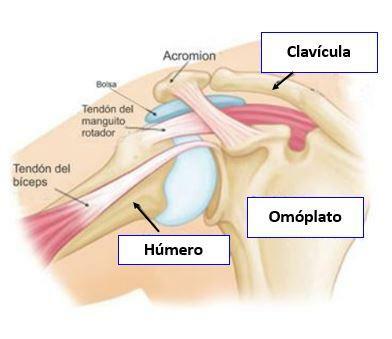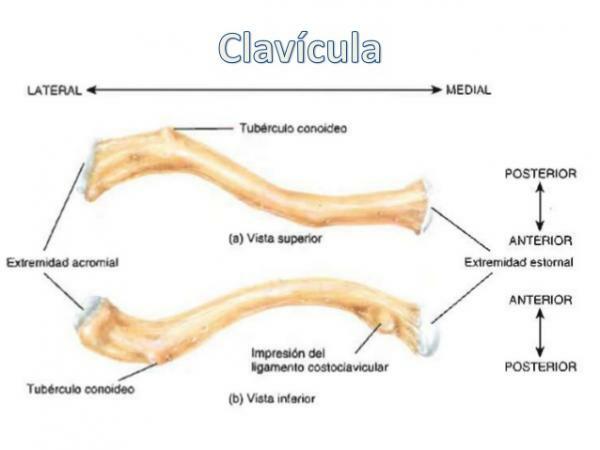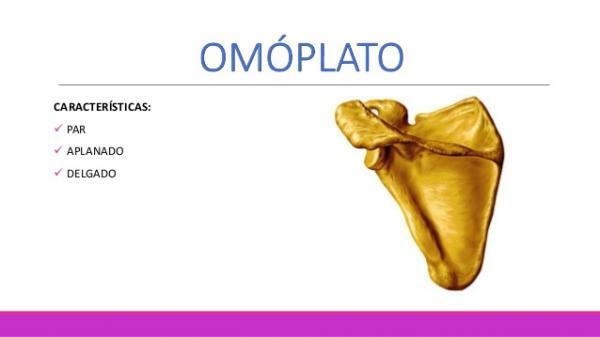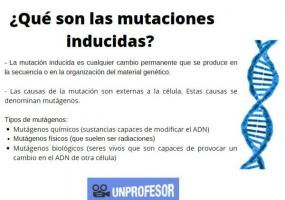All BONES of the shoulder

Image: Dolopedia
The shoulder or shoulder girdle is the anatomical region that unites each of the arms with the trunk. The shoulder is a complicated region, which is the product of the articulation of two bones mainly: clavicle and scapula, to which some also add the humerus and the sternum. The shoulder is therefore a joint complex, a compendium of bones, muscles, joints, ligaments and tendons that not only allow our arms are united to the body, if not they are one of the articular regions of the body with the greatest variety and range of movements. In this lesson from a TEACHER we will see what are the shoulder bones so that you know better this part of our body.
The first of the shoulder bones that we will talk about will be the clavicle. The clavicle is a long bone, pair, with an elongated S shape that is found on both sides of the body and goes from the manubrium of the sternum (the upper part, wider) to each of the shoulder blades. The clavicle has: two faces (superior and inferior), two borders (anterior and posterior) and two ends (acromial end and sternal end).
Upper face of the clavicle
The upper face of the clavicle is what we can touch from the outside, just under the skin. It is characterized by being smooth and in it the deltoid and trapezius muscles are joined or inserted mainly. The underside of the scapula is rougher than the anterior and has a depression more or less in the middle in which the subclavian muscle is inserted and, more or less in the center of this there is a hole nutritious. A nutrient hole is basically a hole through which a blood vessel enters and which is responsible for nourishing a bone, in this case, the clavicle.
Edges of the clavicle
The clavicle also has two edges. The anterior border is mostly convex (the end faces downward) and serves as an insertion point for the pectoralis major muscle and the anterior fascicles of the deltoid. The posterior border, mostly concave (ends facing upward), inserts the clavicular trapezius and the sternocleidohyoid muscle.
Clavicle ends
The clavicle also has two ends: the external or acromial end and the internal or sternal end. The acromial end is elliptical to conform to the shape of the acromion, the part of the scapula with the that joins the clavicle and is shaped like a small projection and forms the "little wings" of the shoulders. The sternal end, for its part, articulates with the manubrium, the upper part of the sternum and the cartilage of the first rib, so it is triangular in shape.
In this other lesson we will discover the shoulder joints.

Image: Slideshare
The scapula or shoulder blade is a even bone, flat and thin and triangular in shape found in the posterior and upper part of the human thorax. It occupies the region of the shoulder and the first seven ribs and is one of the most important shoulder bones. Being triangular in shape and flat, the scapula has two faces (anterior and posterior), three edges, and four angles.
- The anterior face. Also called scapular fossa since it has a concave (bowl) shape and a depression at the top. In addition, it also has protrusions called ridges, which go from the neck of the scapula to the medial part. In the lateral limit we can find the scapula pillar, an elongated and blunt protrusion and serves, together with the sulcus of the lateral border, to mark the place of insertion of the inferior fascicles of the subscapularis muscle. Finally, we can also find in the medial part of the scapular fossa, along the medial edge, a rough and elongated surface that serves as an attachment to the serratus anterior muscle.
- Upper side. The posterior aspect of the scapula has a protrusion, called the scapular spine, which divides it into two parts: the supraspinatus fossa (upper part) and the infraspinatus fossa (lower part). The end of the scapular spine is called the acromion; the acromion It has the peculiarity that it is a bony eminence, that is, one end of a bulging, free bone that protrudes, giving the scapula that "winged" shape. The acromion articulates the clavicle and scapula through the acromioclavicular joint.
The scapula has three edges. The superior or cervical border is short and thin and is attached to the coracoid process through the scapular notch. The medial border is the longest of the three borders and the rhomboids minor muscle is inserted in its upper part, while the rhomboids major is inserted in its lower part. Finally, the lateral or axillary border is formed by a very pronounced bony protrusion (ridge) that divides the insertion areas of the teres major and minor muscles and in its lower part has the infraglenoid tubercle, where the tendon that accompanies the long head of the triceps brachii is attached.
The scapula has four angles: superior, internal or medial, inferior and external or lateral. It is in the latter that we find the glenoid cavity and the coracoid process, where the most important muscles and ligaments of the upper extremities and the chest area are inserted.

Image: Slideshare



